It’s Easier and More Important Than You Think
Editorial
One of the more common thoughts regarding industry pricing involves “standard” rates. The only way to legally establish these rates is through legislation, and we could write an entire article about why that’s a bad idea.
You can never go wrong by improving your business skills and gaining a better understanding of your own business. Capitalism will naturally handle the ebbs and flows of profit when we become more responsible business owners.
There are two basic cost centers: “Fixed” and “Flex.” Fixed costs are the expenses that do not change based on the number of recoveries, such as lot rent, phone bills, lights, truck payments, insurance, and more. Flex costs are associated with the number of recoveries or assignments, such as payroll and fuel. You can place the administrative staff’s basic hourly rate in the fixed center if you prefer (although we place all payroll in our flex center, but we’ll discuss that shortly).
Calculate your fixed cost by dividing it by the number of units (just use data from last month for now). Now, do the same with flex costs. Your flex cost will increase your gross expenses with every car you recover, while your fixed cost remains constant and is spread across all units. Your average fixed cost is easily influenced by missing or hitting goals. Because you included fuel and administrative payroll in the flex center, it will also fluctuate based on the number of recovered units, although not as significantly.
Now you have two numbers. The crucial one is the flex number. This represents roughly how much every car will cost to recover. If your number is $150, when you pick up a car at $275, you’ve already spent $150, leaving you with $125 to cover your gross fixed cost.
Take your total fixed cost and divide it by this number (let’s use $10,000 as an example): 10,000 / 125 = 80. At $275, you need to pick up 80 units just to break even. If you pick up 100 units that month at $275, you’ll keep a substantial $2,500 for your efforts.
If you divide that by 40 hours a week, you’re making roughly $15 an hour (likely much less because owners typically work 70+ hours a week) for the risk, trouble, and aggravation of dealing with net 45 to net 60 payment terms.
I won’t add to the depression by discussing damage claims, lawsuits, and other boring business management issues. Instead, let’s figure out how to determine what you should be charging.
Remember, our flex cost remains constant unless you reduce pay or become more efficient in routing and recovery (reducing the number of assignments you manage is a great way to lower CSR costs, by the way).
So, let’s focus on the fixed aspect. Assuming your fixed cost is $10,000 and your flex is $150 per unit, you want to make $10,000 per month for yourself and set aside 10% every month for contingencies/emergencies. Take your receivables for the same month (let’s use $22,000), and since we picked up 80 units before, divide 22,000 by 80: $22,000 / 80 = $275 (it won’t be that clean, I promise).
We’ll come back to those numbers in a moment. Now, add your $10,000 salary to your monthly expenses of $10,000 for a total of $20,000 in fixed costs. You want the 10% to come off every unit’s base price, so we aim to increase what we bill by 10% ($275 * 10% = $27.50). Since you’re only keeping $125 per unit, let’s divide 22,000 by 125 (22,000 / 125 = 176). Now, we can put the numbers together to find our bottom line: $150 + $27.50 + $176 = $353.50.
Any gross receivable for any unit under this amount will make it harder for you to turn a profit since it’s based on an average of recoveries at a $275 rate. Voluntaries, impounds, unbilled items, denials, or uncollected payments all impact this and should be considered when evaluating this loss potential. We refer to these as “Loss Leaders” and send them to our competition.
One more tip: when dealing with base recovery rates below this mark ($275 in our example), ensure you have ample ancillary opportunities to make up the difference. For example, you may only work assignments for one lienholder for this client due to associated key contracts, etc.
Here’s the beautiful thing: you don’t care how it’s billed—whether it’s mileage, keys, redemption fees, storage, or client aggravation fees. When dealing with brokers directly, steer the conversation towards, “You tell me what the opportunity is to reach my number (never disclose this number), and I’ll bill it how you want it.”
One more tip: when dealing with base recovery rates below this mark ($275 in our example), ensure you have ample ancillary opportunities to make up the difference. For example, you may only work assignments for one lienholder for this client due to associated key contracts, etc.
The same math applies to individual clients; just take a couple months receivables and divide by the number of recoveries these receivables represent. This will get your average pay per recovery for the client. ~It’s about what they are paying, you cannot operate on what you are promised.
How did you do, was your guess as good as your math? Are you being fed “Loss Leaders” by your competitors? How can you reverse this trend?
Your cost is going to closely resemble your competitor as will your bottom. When math is used instead of emotion or the latest number on the street, Capitalism will handle the profit issue for you and no rate standardization was needed.
~ Happy Hunting,
Read the Entire Georgia Association of Licensed Repossessrs Newsletter Here!
Wes Carico
Nostalgic Towing & Sales, LLC
GALR Member
Finding Your Bottom Line – Finding Your Bottom Line – Finding Your Bottom Line

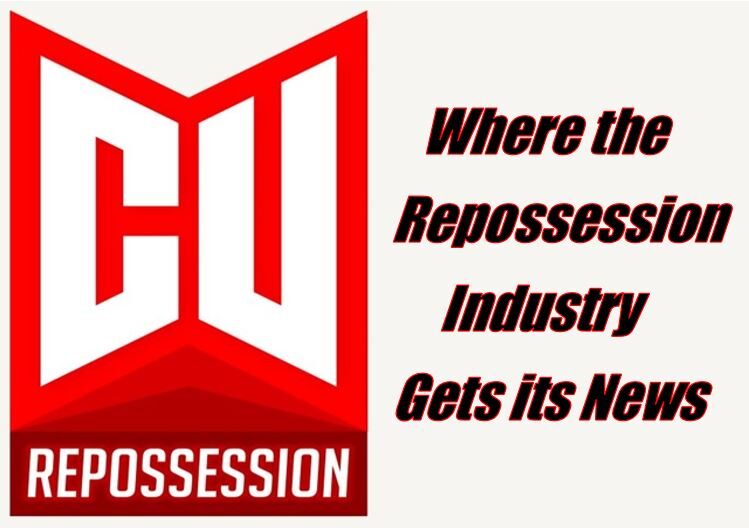

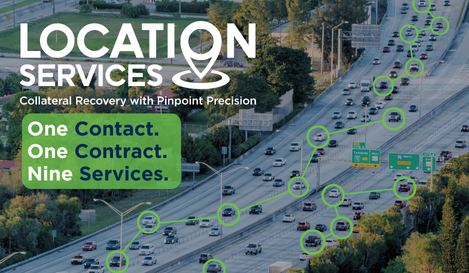
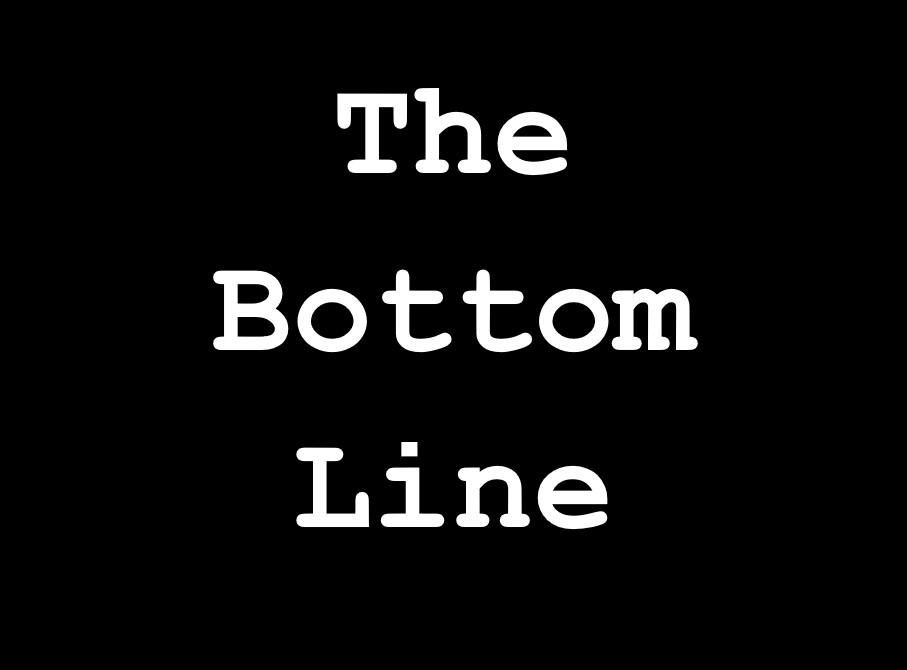

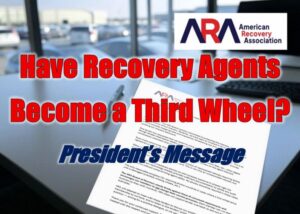



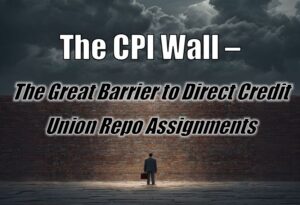



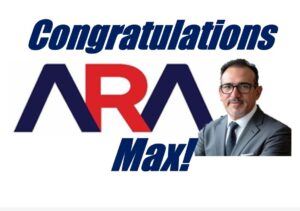
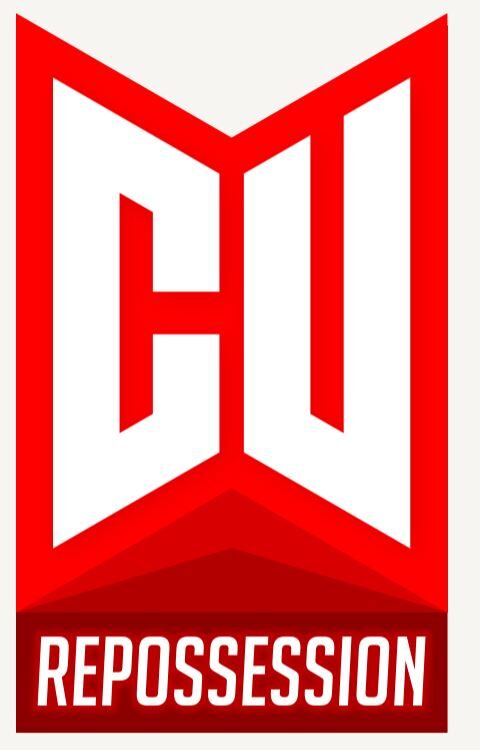
Facebook Comments